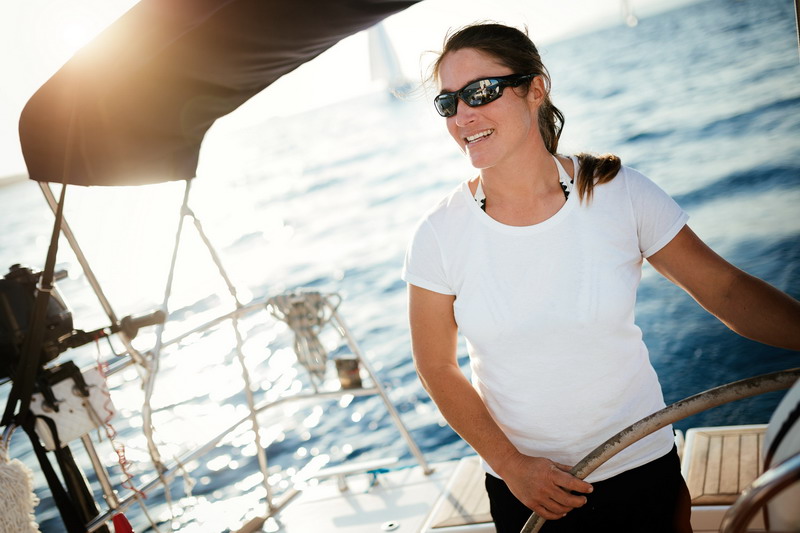What does it take to be a top-notch sailor? Excellent training and a ton of experience. Before you can get the experience though, you need to get a few sailing courses under your belt. That may not be as easy as it sounds. Sailing is a challenging discipline requiring a certain skill set.
The good news is that sailing schools are open to anyone who wants to give it a try. The only question students have to ask themselves is if they think they have what it takes. According to NauticEd, a global company offering online training and sailing courses, there are five characteristics needed to learn to sail. Each one is explained below.
1. Raw Intuition
New sailors learn a ton of practical information in theory training. They put that theory into practice by actually taking control of a vessel on the water. But all the training in the world can never prepare a sailor for life on the water. Intuition is a big part of what makes the best sailors who they are.
A sailor with good intuition instinctively knows where the wind is and where it’s going. He or she not only understands the sea, he/she anticipates its every move. Good sailors have a lot of training and experience under their belts; great sailors combine training and experience with raw intuition.
2. Patience
It has been said that learning how to sail is a lifelong experience. Few experienced sailors would argue that assessment. Why? Because things are always changing on the water. Moreover, the sea does what it wants to do when it wants to do it. There is no taming it. So sailors have to be patient.
In the classroom, it takes a long time to learn the fundamental theories of sailing. On the water, it takes even more time to learn how to apply classroom theory. The patient sailor will take his or her time to learn things the right way. The patient sailor embraces the lifelong learning concept as well.
3. Flexibility
One of the things that makes sailing so exciting is that no two voyages are the same. Students who possess a certain degree of flexibility find it easier to learn and master sailing because they are able to adapt to changing circumstances. On the other hand, an inflexible sailor is one who has a challenging time learning, adapting, and practicing.
4. A Basic Understanding of Geometry
Quite a bit of sailing is directly related to geometry. The points of sail, tacking, and navigation all require at least a basic understanding of geometry. The student who does not know the difference between perpendicular and parallel, for example, is not going to do well in sailing school.
5. A Calm Demeanor
Last but not least is a calm demeanor. When theory finally meets on-the-water training, the student has to be able to control his or her emotions. Excitability, nervousness, and fear can quickly make learning to sail a difficult experience.
This does not mean there is no room for such emotions. In fact, some experienced sailors would say students lacking such emotions have more to fear than sailing itself. Either way you look at it though, the student has to be able to control his or her emotions in order to remain in control of the vessel.
Organizations like NauticEd offer both online and on-water sailing courses to anyone who wants to learn how to sail. Do you have what it takes? You might if you are intuitive, patient, flexible, and have a basic understanding of geometry, and a calm demeanor.






